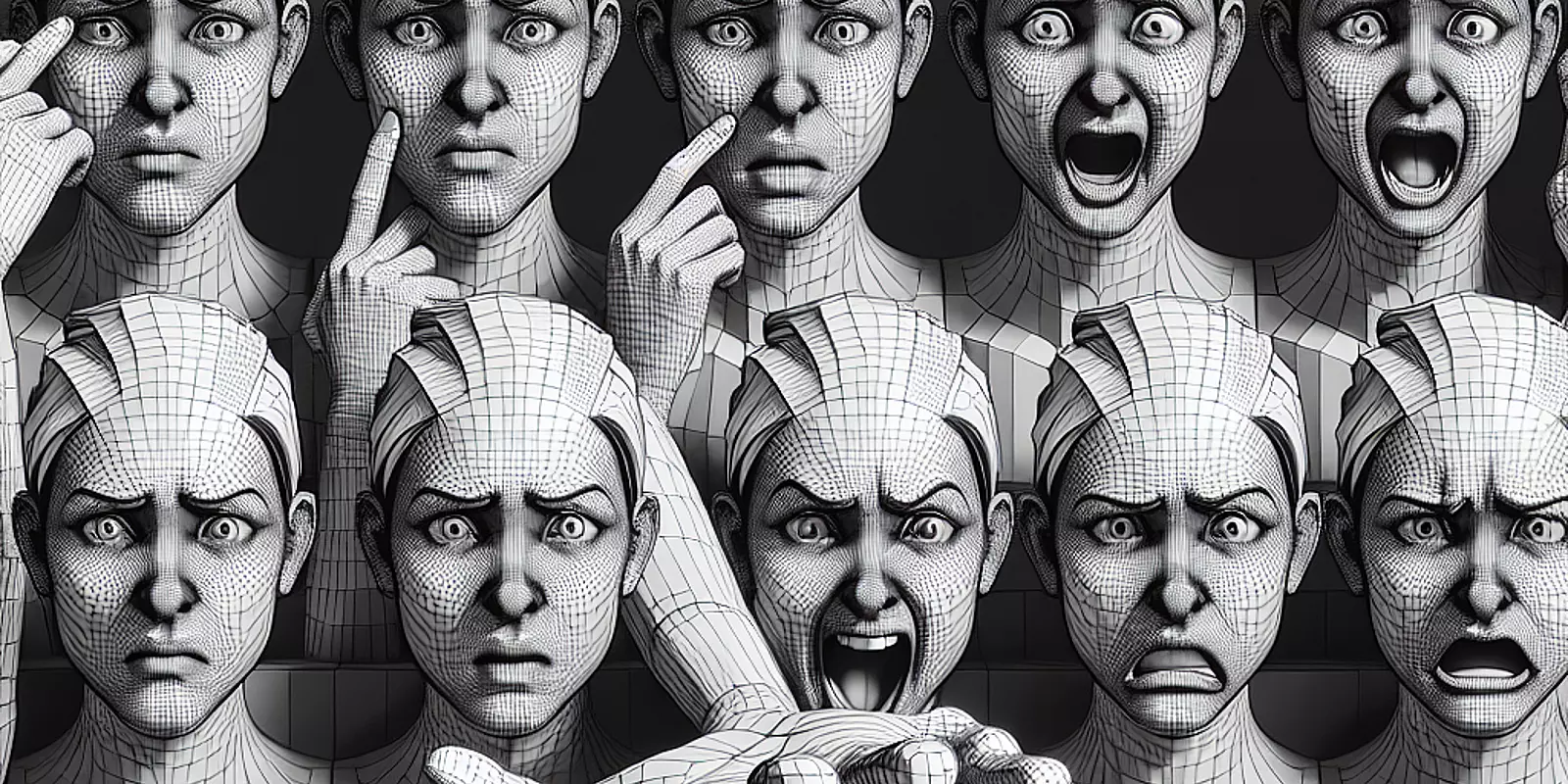
Creating captivating character expressions in 3D animation combines technical expertise with artistic vision. These expressions are not just ornamental; they are the heartbeat of storytelling, serving as the visual language that creates an emotional bridge between characters and the audience. With advanced 3D animation software, animators have the tools to transform static models into emotionally resonant characters that audiences can connect with deeply. Let’s explore how to breathe life into characters through expressive details.
Character expressions form the foundation of 3D animation by enabling a genuine connection with the audience. Thoughtfully crafted expressions can evoke a range of emotions, from empathy and laughter to anticipation and tension, significantly enriching the narrative. As today's audience craves more engagement, mastering these expressions is crucial for any animator. By effectively using tools like 3ds Max, animators can elevate their work into groundbreaking storytelling experiences.
A firm grasp of facial anatomy is essential for animators aiming to craft believable expressions. The complexity of the human face—comprising muscles, fat pads, and bones—determines how expressions are formed. Key muscles, such as the frontalis and corrugator, play vital roles in actions like raising eyebrows or expressing concern. Understanding these dynamics assists animators in accurately depicting both realistic and stylized emotions, greatly enhancing visual storytelling.
Creating lifelike expressions in 3D animation often utilizes techniques like morph targets and bone rigging. Morph targets enable animators to sculpt a variety of facial expressions, facilitating seamless emotional transitions. Conversely, bone rigging provides dynamic control, essential for capturing subtle shifts in areas like the eyebrows and jawline. A hybrid approach combining these methods can yield outstanding results, merging detailed morph targets with bone-induced nuances for rich expressiveness.
Animating realistic character expressions poses several challenges, notably in timing and subtlety. A slight error in timing can disconnect the intended emotion from viewer perception, disrupting their immersion. Moreover, synchronizing facial movements with voice performances is critical for coherence. Stylized characters add complexity, demanding exaggerated yet believable expressions. Addressing these challenges requires attention to detail and proficiency in tools like morph targets and bone rigging to craft expressive animations that engage the viewer.
To finesse character expressions in 3D animation, the right tools are indispensable. Using 3D animation software like 3ds Max, animators can create morph targets for features such as lips and eyes, achieving smooth emotional shifts. The Bone System offers an additional layer of control, mimicking real-life expressions through nuanced motions. Incorporating real-world references into the process bridges the gap between digital animation and organic emotion. Continuous refinement and feedback are crucial to overcoming obstacles like the uncanny valley effect, thereby enriching the emotional depth of characters.
The journey to mastering character expressions in 3D animation is ever-progressing. Though challenges in capturing subtle emotional cues remain, they also offer opportunities for innovation. Emerging technologies like artificial intelligence and machine learning are set to automate aspects of animation, expanding the possibilities for complex expressions. By embracing these trends and continually honing animation skills, animators can push the boundaries of character animation, creating works that deeply resonate with audiences.
By incorporating new technologies and refining your skills, you prepare for the future of character animation, achieving technical mastery and leaving a lasting emotional impact in your creations.